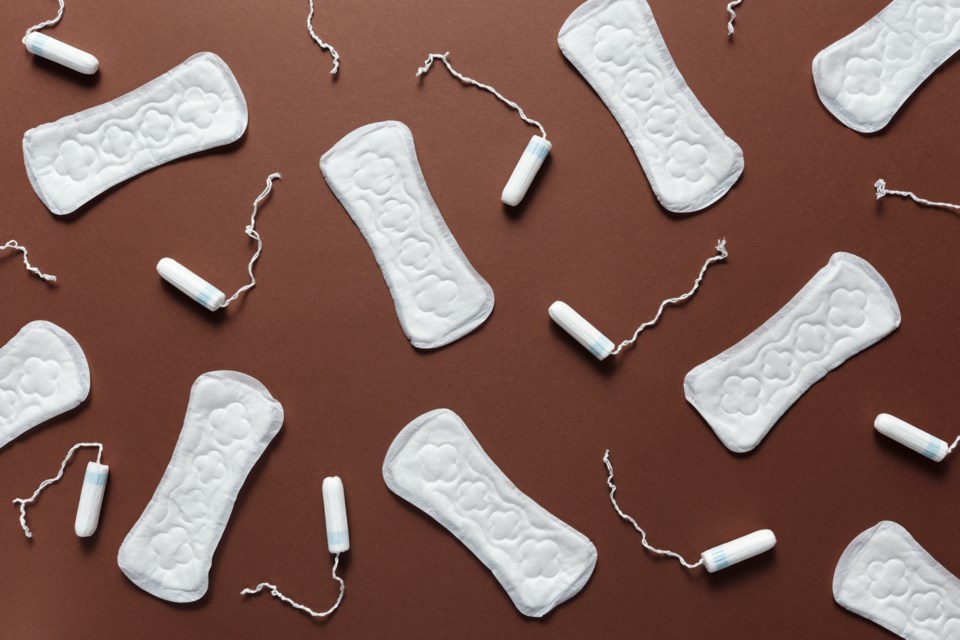A new map is connecting people in need with free menstrual products in Guelph and beyond.
The online interactive map, dubbed Period Pin, was launched in May by two Waterloo residents with a focus on Waterloo Region. Now, they’re expanding into Guelph and are currently eyeing the rest of Ontario.
“And there’s no reason why it couldn’t go further,” said Karen Farley, who started Period Pin with Patrick Bosworth.
You can view the Period Pin map here.
Locations like businesses, libraries, health centres and food banks offering free menstrual products are pinned on the map, which includes the address, what products are provided and how to access them.
Right now there are only two pins on Guelph’s map – the Sanguen Health Centre and Smitten Apparel – but Farley said there’s bound to be many more soon.
“We know for sure that there are more than that,” Farley said. It’s just a matter of partnering with organizations in Guelph offering free menstrual products to get them on the map.
Holly Mastrogiacomo, who owns Smitten Apparel, was thrilled to learn about the map.
“I was pretty excited to see that the Period Pin had come up with that,” she said, adding that the map will help better connect and inform people about the resources available in their community.
Smitten has been running Tampon Tuesday for the last several years, an effort that snowballed into Mastrogiacomo regularly collecting donations and purchasing products at cost to donate to people and local organizations, with hundreds of packages coming through the store each year.
“If we can provide as many menstrual hygiene and incontinence products to those who need it in Guelph, our community would be so much better, because it's very expensive, and everybody deserves to have some dignity."
Farley referenced statistics from Women and Gender Equity Canada, noting that "one in six Canadians who menstruate have personally experienced period poverty; this rises to one in four if their household earns less than $40,000 a year."
“If you have like three or more women in your family, that’s close to $100 a month. I don’t want anyone to ever have to choose between taking care of themselves with their menstruation and food,” Mastrogiacomo said.
“I think this is an amazing step. I’m very excited about this,” she said.
Given the stigma that still exists around talking about menstruation, Farley said the map also helps people to access products more easily without being forced to have uncomfortable conversations.
Knowing if products are openly available in the washroom, for instance, “lowers the barrier to access,” they said.
The pins will be updated on an ongoing basis.
“It’s really important for us that the information is up to date. We don’t want someone to get to a location, find out that it’s closed or that it’s no longer offering products,” Farley said.
Somewhere down the line there will also be stickers and posters of the map displayed around town to spread the word and ensure the map is as accessible “to all menstruators, including those who don’t have access to a smartphone.”
For example, Farley said partner locations, like food banks and public health organizations, can have printouts of the map, focusing on the radius around that location, so that people can see where and how they can access products nearby.
That will go for all communities on the map, though Farley said they “haven’t quite got there yet. But it’s coming.”
